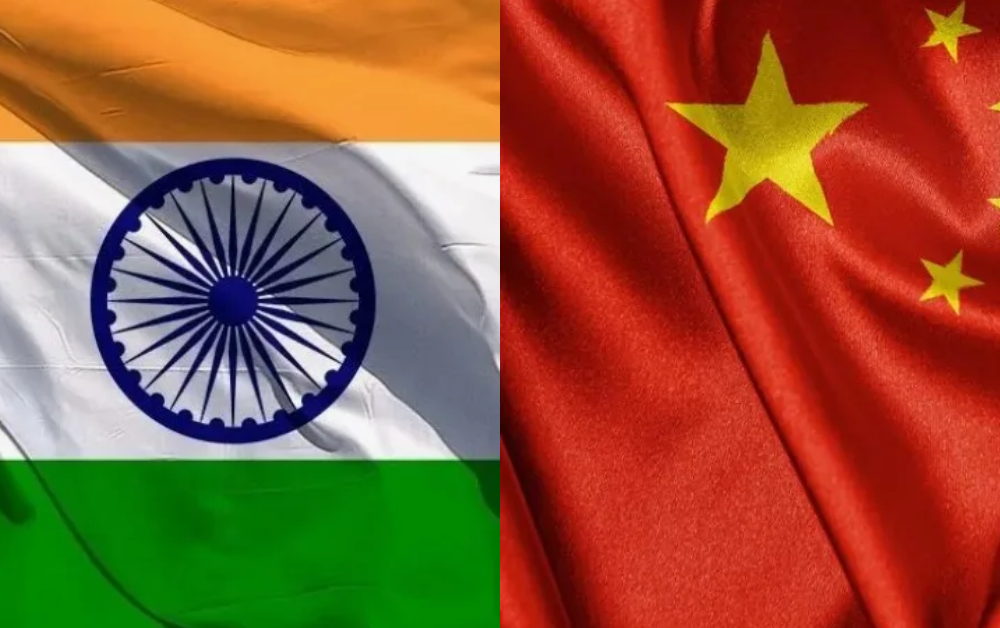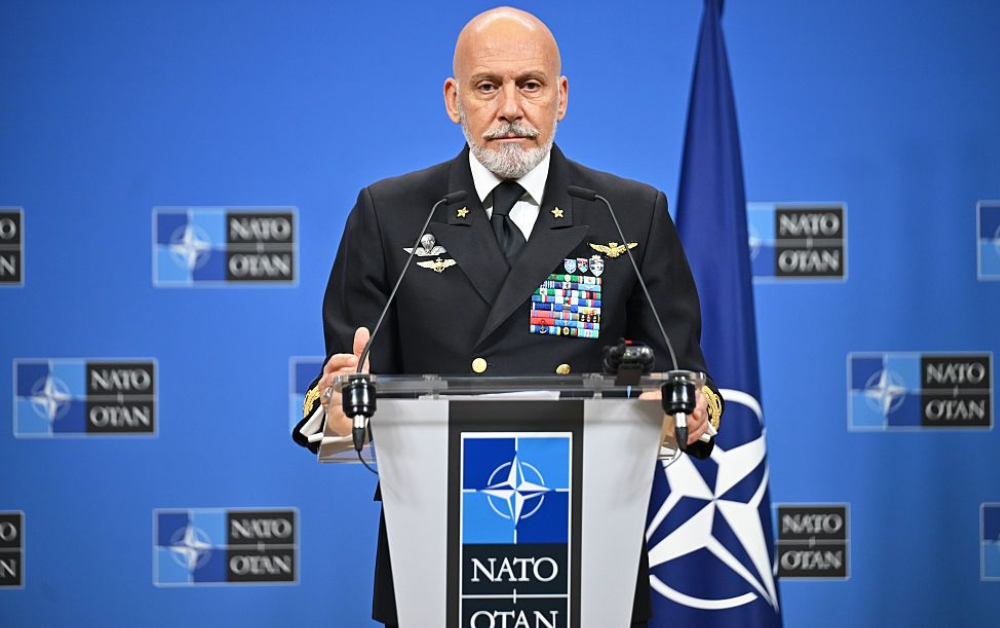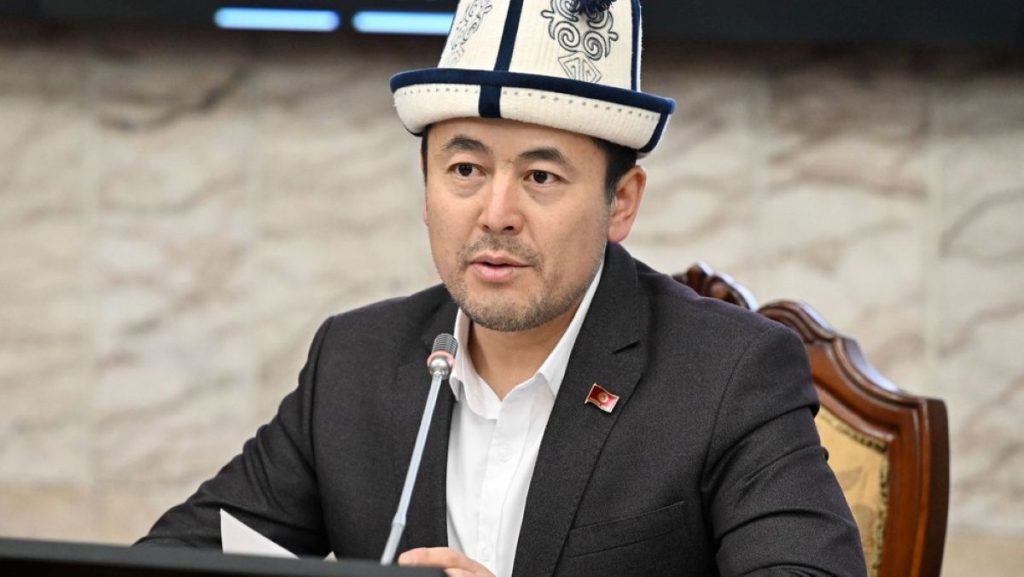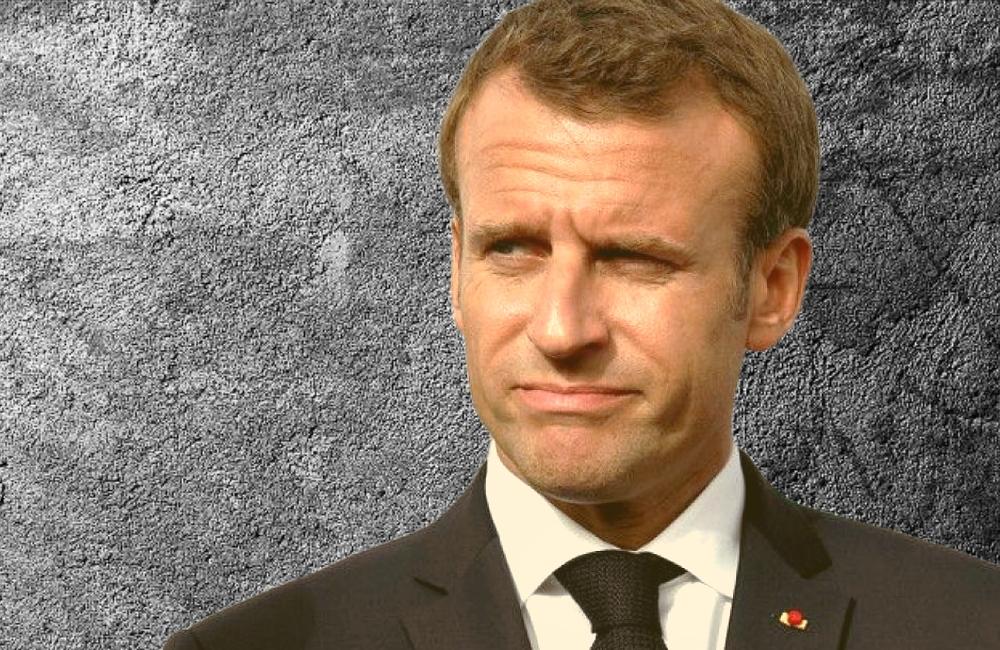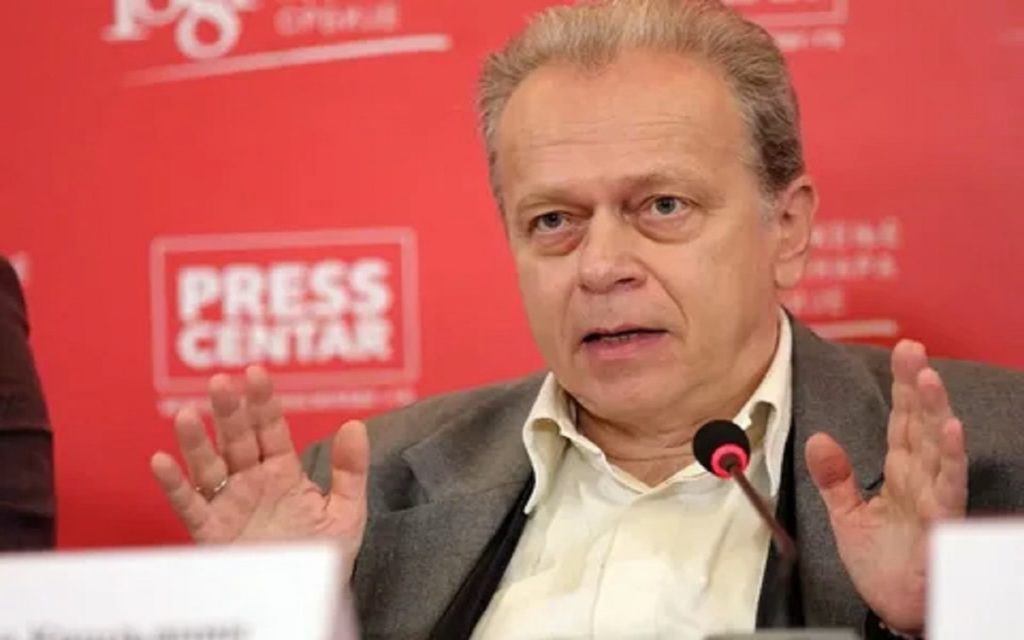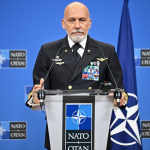Russia, China, and India often meet in the same conference halls, at summits that talk about the Global South, new currencies, and logistics corridors. Sometimes the dialogue flows smoothly; other times it stalls over details that reveal divergent interests. The triangle is not a formal alliance. It is a shifting balance, made of convenience and mistrust, which in recent years has replaced the old routines of globalization.
For Moscow, energy is the key. After the forced redrawing of markets, Russian oil has found preferential outlets in Asia. India has become one of the most important buyers and does so with a pragmatism that leaves no room for romanticism: the price matters, freight rates matter, and payments must clear without a hitch. China absorbs large volumes and looks to gas with a long-term horizon. The idea of a major new pipeline has been politically endorsed several times, but turning the principle into pipes and tariffs requires patience, capital, and a price agreement that satisfies both sides. In the meantime, work continues along existing routes and through spot supplies, with one eye on geopolitical risks and the other on demand spikes.
The finance that supports these flows is a work in progress. Sanctions and controls have forced creativity. Rubles, rupees, yuan, and dirhams come in and out of the conversation like pieces of a puzzle that never quite fit. The goal is to reduce dependence on the dollar in the most sensitive transactions, but everyday reality is more nuanced. Bankability, clearing, exchange-rate risk, and compliance remain decisive factors. Hybrid solutions are being tested. Regional banks are used, alternative payment platforms are tried out, and sometimes higher transaction costs are accepted just to keep the flows moving. The search for a common financial language advances in fits and starts, and every technical step forward has a political echo.
On the trade front, interdependence takes very different forms. Russia and China have brought their exchanges to record values, supported by machinery, electronics, intermediate goods, and raw materials. Beijing is both supplier and buyer, an industrial partner and a logistical insurance policy. For New Delhi, by contrast, China is an almost unavoidable partner and at the same time a dependency it would like to reduce. The trade deficit with Beijing weighs above all in sectors such as electronic components, chemicals, and photovoltaics. India is pushing import substitution and incentives for domestic manufacturing. It is opening alternative supply chains with third countries. But reconfiguring chains built over two decades takes time and measurable results, not slogans.
Security is the ground where red lines reemerge. Between India and China, border tensions have not disappeared. There have been thaws, meetings, and protocols to avoid incidents. The friction remains, and it influences everything else. New Delhi keeps its military channel with Moscow alive, made of upgrades, spare parts, and air-defense systems. It is a relationship with historical roots that serves as strategic insurance. At the same time, India is deepening its understanding with the United States and France, taking part in exercises with Pacific partners, and diversifying suppliers and technologies. It is a balancing act that does not aim for a break but for maximum autonomy. China, for its part, is expanding military dialogue with Russia, multiplying joint exercises, and reinforcing the message of an Asia capable of managing its own security. Here too, cooperation does not eliminate competition. It moves it onto more predictable planes.
Multilateral platforms are the stage where these dynamics become visible. BRICS and the SCO offer frameworks in which the three talk to each other, observe each other, and measure the distance between their interests. The expansion of these formats has given voice to new economies and made it more complex to find consensus. It is the natural price of inclusion. Final communiqués speak of reform of global financial institutions, trade in local currencies, and infrastructure that shortens distances. Behind the formulas lie real negotiations over quotas, governance, and priorities.
Infrastructure matters as much as statements. The North-South corridor linking India, Iran, the Caucasus, and Russia is a project that has seen stops and starts, but today it is perceived as a multiplier of resilience. It integrates railways, ports, and road logistics. It reduces travel time compared to traditional maritime routes in some stretches. For New Delhi, the bet also involves managing certain key ports and preventing the sanctions file from turning into a permanent brake. For Moscow, the corridor is a valve that complements routes to Asia and eases dependence on maritime chokepoints. For China, it is not a threat to be neutralized, but a factor to be accounted for in the broader mosaic of Eurasian connectivity.
Domestically, each actor has a clear compass. Russia seeks revenue stability, access to compatible technology, and a less vulnerable payment system. China must secure competitively priced energy, support the transformation of its economy, and preserve positions in key sectors along value chains. India aims for sustained growth, energy security, and the consolidation of manufacturing, without being locked into others’ schemes. Hence an unwritten rule: cooperate where it pays, resist where needed, always negotiate.
This way of inhabiting the world produces credible scenarios for the coming years. If energy remains abundant and financeable, the Moscow–New Delhi axis can continue through economic inertia even without political affinity. If gas prices find a meeting point and infrastructure work progresses, the Moscow–Beijing relationship will enter a more predictable phase. If border tensions between India and China remain under control, the two will go back to talking mainly about trade and investment. In each of these cases, the key word is management. Not friendship, not open rivalry. Management.
We should not mistake stability for the absence of risk. A tightening of sanctions, a crisis on a maritime route, a border incident, or a monetary policy shift can reshuffle the deck in short order. The triangle’s response to shocks of this kind will be the real test of its maturity. So far, adaptation has been rapid because it has been driven by concrete interests. The impression is that this will continue. Not for ideology, but for the simple logic that governs relations among powers with complementary needs and mutual mistrust.
In the end, Russia, China, and India are not building a monolithic bloc, nor are they performing a cold-war rivalry. They are learning to bargain each dossier piece by piece. Energy in exchange for market access. Infrastructure in exchange for stability. More flexible payments in exchange for more secure supplies. It is a pragmatism that may seem cynical but, for now, delivers results. And it captures well the era we live in, where labels matter less than contracts and statements are worth only if they hold up against ships that sail, trains that arrive, and transfers that go through.

